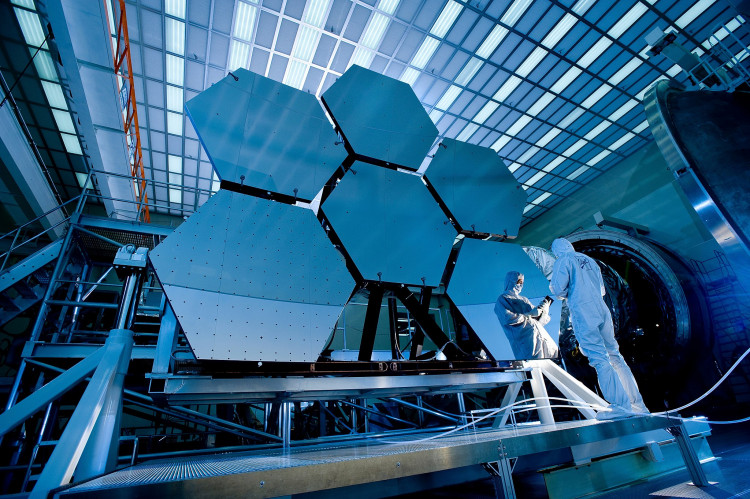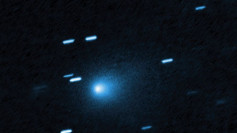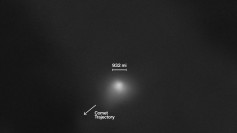NASA has announced a new target launch date for its James Webb Space Telescope following a series of delays due to technical challenges and the ongoing coronavirus pandemic.
Hubble's successor will begin its journey to space on Oct. 31, 2021. The date was decided upon after a risk assessment was done on the remaining pre-launch integration and test activities. The previously proposed launch date was March 2021.
Ongoing tests of the enormous telescope continue to go well without glitches at Northrop Grumman, the mission's industry partner, in spite of the difficulties presented by the COVID-19 health crisis. Before the pandemic, the team had already made significant progress to stay on schedule.
"Webb is the world's most complex space observatory, and our top science priority, and we've worked hard to keep progress moving during the pandemic," said Thomas Zurbuchen, associate administrator for NASA's Science Mission Directorate at the agency's headquarters in Washington. The team continues to be focused on reaching milestones and arriving at the technical solutions that will see us through to this new launch date next year."
Electrical testing was completed just this week – one of the observatory's most important milestones in preparation for the vibration and acoustics environmental tests set in August. Aside from ongoing deployments, NASA has also completed ground system testing. Ensuring that every aspect of the telescope works properly before it is hurled into space is essential to its success.
By early 2021, Webb will be shipped to the launch site and fitted compactly inside Arianespace's Ariane 5 launch vehicle fairing, which is about 16 feet (5 meters) wide.
Webb's journey to space will be the first of its kind and will involve a series of complicated deployments that are integral to achieving orbit approximately a million miles from Earth. Upon reaching orbit, the telescope will unfold and reveal its sunshield of five impressive layers until it reaches the size of a tennis court. Next, it will deploy its 6.5-meter main mirror, the instrument that will identify the faint twinkle of distant stars and galaxies.
NASA doesn't want Webb to be called Hubble's replacement. Rather, it is its successor – the next great space observatory that will reveal more about our solar system and distant planets, stars, and all of the universe's mysteries.
The James Webb Space Telescope is an international program headed by NASA along with its partners, the Canadian Space Agency and the European Space Agency (ESA).






